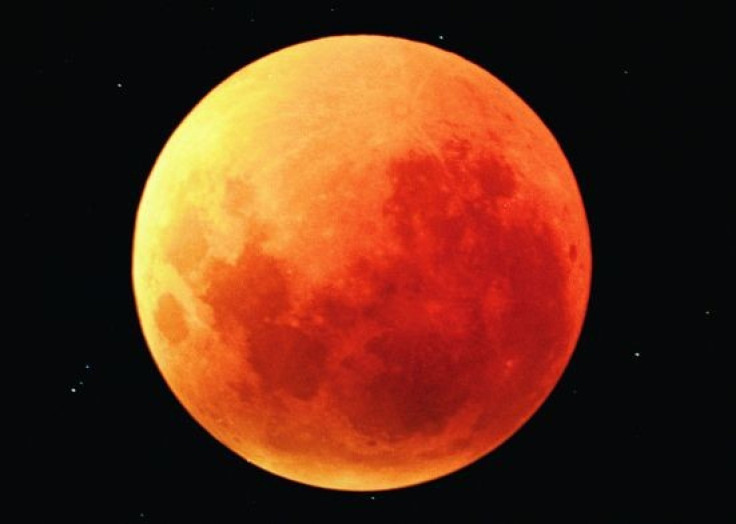Guide to watching lunar eclipse

Everybody is gearing up for a date with a moon that will turn scarlet in the shadow of Earth. You are lucky if you manage to be in Africa, Central Asia, South America, Europe, Australia or Philippines because you will be the ones to witness total lunar eclipse.
A total eclipse with a crimson-hued moon in the darkest skies will last for almost three and a half hours. Since the eclipse begins with a dimming disappearance of the moon, don't be disappointed. It is called the partial phase marking the commencement of the total eclipse. Those who care about their sleep, check out the timing chart from NASA and schedule your watching according to what you wish to see.
As Earth's shadow starts engulfing the moon, blocking out the sun rays, moon will slowly be shunned from the viewers on earth only to reappear with its bloody red facet during the total eclipse phase. The colored moon will disappear once again towards the end of the total eclipse to resurface in its docile tones of grey, marking the end of the eclipse.
If you are puzzled at the change of color during the eclipse, brushing up a bit of school physics will answer your doubts. Since Earth comes between sun and the moon, only the residue rays from the sun that manage to filter through earth's atmosphere reaches the moon. Thus the moon's shade will be determined by the ash and dust in the earth's atmosphere. Since the rays on the reddish side of light's spectrum have longer wavelengths, they have higher chances to reaching the moon. Experts are hoping to see a direct affect of ash cloud over Europe, on the eclipsed moon.
Those who wish to watch the eclipse can go with no apparatus to the roofs of their buildings or to playgrounds which doesn't have trees to hinder your view. Unlike solar eclipse you don't need a viewing glass to look at the lunar eclipse. If any old wives tales recommend you to not look at a lunar eclipse with or without apparatus, they don't have be believed as scientists certify that lunar eclipses cannot damage your eyes. Nevertheless binoculars will be a good idea to have a closer look.
According to the data published on NASA website the turning points on Wednesday's eclipse are listed below:
Penumbral Eclipse Begins: 17:24:34 UT
Partial Eclipse Begins: 18:22:56 UT
Total Eclipse Begins: 19:22:30 UT
Greatest Eclipse: 20:12:37 UT
Total Eclipse Ends: 21:02:42 UT
Partial Eclipse Ends: 22:02:15 UT
Penumbral Eclipse Ends: 23:00:45 UT
But for North Americans the blushing moon on Wednesday's rare lunar eclipse will be completely out of question. For those who cannot watch the moon, you don't really have to miss the moment. Here are some links who would be webcasting the eclipse live.
University of Applied Sciences Offenburg/Germany: http://www.eclipse-live.com/
Astronation, Germany: http://www.astronation.net/webcam/10022/342/mondfinsternis-juni-2011.html
Baraket Observatory, Israel: http://www.bareket-astro.com/live-astronomical-web-cast/rare-central-lunar-eclipse-june-2011-live-webcast.html
Sky Live.TV, Canary Islands: http://sky-live.tv/index-en.html
ServiAstro, Spain: http://serviastro.am.ub.es/Twiki/bin/view/ServiAstro/InfEc150611
© Copyright IBTimes 2024. All rights reserved.












